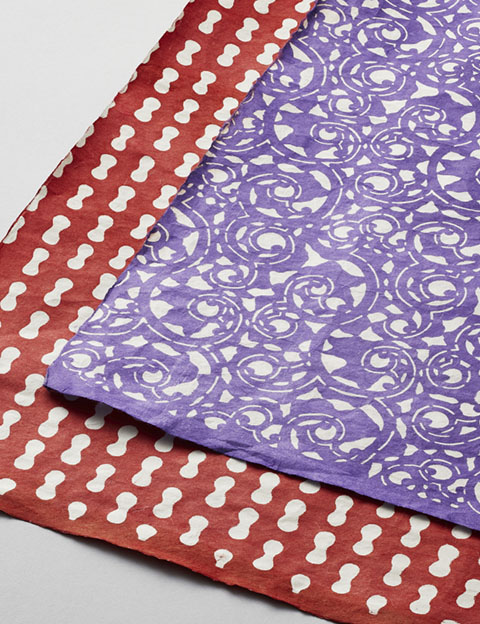ETCHU Washi (Papers)

The history of Etchu washi paper dates back to the Nara era (710-794), as evidenced by documents stored in the Shosoin Repository in Nara that mention the product. Further evidence can be found in a Heian-era (794-1185) document on court protocol stating that Etchu washi paper was used to pay taxes.
From the beginning of the Edo era (1600-1868), washi paper from the Yao district was used to wrap medicines while papers from Tairamura were produced in large quantities for the ruling Kaga clan. The legacy of these traditional papers is alive and well.
Today, Etchu washi paper is produced in over 100 colors for a wide variety of purposes, including writing, calligraphy and printmaking as well as to make shoji screens, paper lanterns and stencils. Made from paper mulberry (kozo), Etchu washi paper is both strong and supple.
Feature
Etchu washi paper includes traditional paper for shoji screens, calligraphy and lanterns as well as modern paper for books and printmaking. In total, over 100 different colors are produced. Made from kozo trees, the paper is available in various patterns at stores across the country.
How to make
The production process begins by boiling kozo wood and beating it. Once the paper is made, it is allowed to dry. Special paper that is used to make shoji screens and paper lanterns or to preserve cultural property uses kozo that has been bleached in the snow before boiling. A variety of natural dyes, stains, and pigments are used to color the paper.

